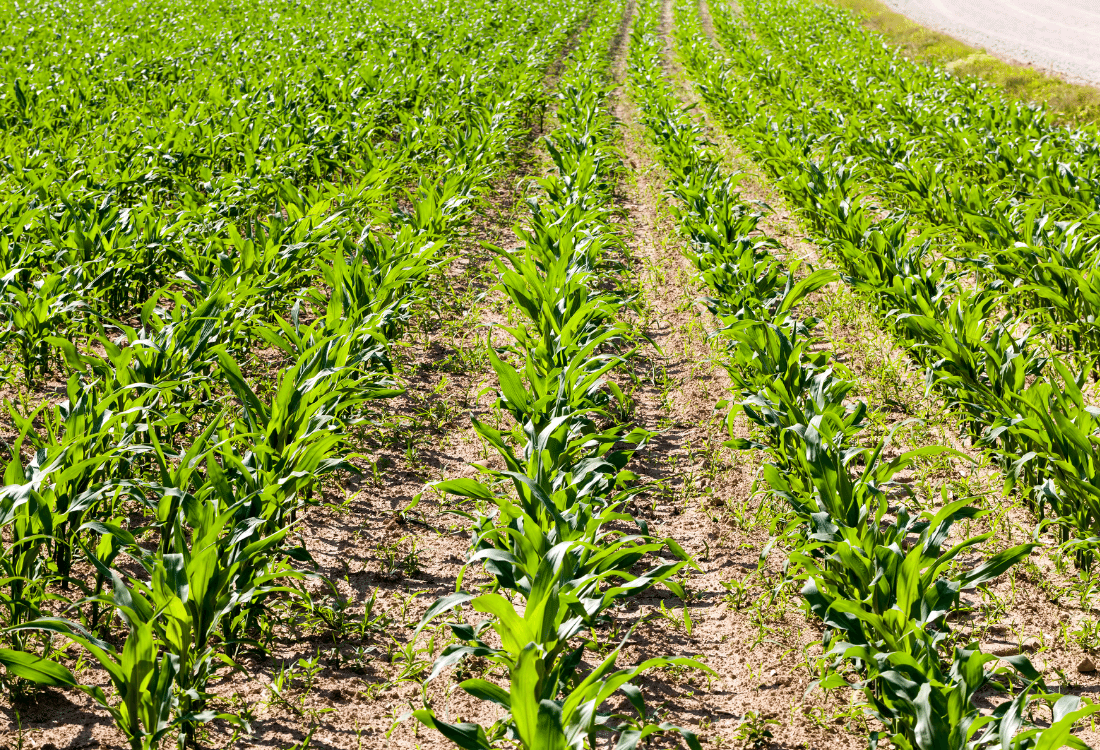
From Sugars To Biofuels: The Science Of Bioethanol Fermentation
Bioethanol is a renewable fuel that has immense potential as a sustainable alternative to fossil fuels. Produced from a range of feedstocks, including sugar crops, grains, and cellulosic biomass, bioethanol offers a promising pathway towards generating more environmentally friendly and cheaper energy solutions.

In this article, we will explore the science behind bioethanol fermentation, the key process that converts sugars to fuel.
How Different Feedstocks Can Be Converted to Ethanol
The bioethanol production process typically consists of three main stages: feedstock preparation, fermentation and distillation.
Feedstock Preparation
During feedstock preparation, the raw material is processed to make it suitable for fermentation. How this is accomplished depends on the type of feedstock being prepared:
-
Sugar crops, such as sugarcane or sugar beets, contain high concentrations of sucrose, a type of sugar that can be readily converted to ethanol. The crops are crushed to release the juice, which is then subjected to fermentation.
-
Grains, such as corn or barley, contain starch which must be enzymatically converted into fermentable sugars before fermentation can take place.
-
Cellulosic biomass, including agricultural residues or dedicated energy crops, is a more complex feedstock that requires further optimisation for efficient conversion into ethanol.
Fermentation
Once the feedstock is prepared, it is then ready for fermentation, the core process in bioethanol production.
The fermentation of bioethanol involves the use of microorganisms, usually yeast, to convert the sugars in the feedstock into ethanol and carbon dioxide. Yeast is commonly used as it is tolerant to ethanol and efficiently possesses enzymes that break down sugars, tolerates high alcohol levels, reproduces rapidly, and is well-suited for large-scale production. The microorganisms metabolise the sugars in the feedstock and produce ethanol as a by-product, along with carbon dioxide.
The bioethanol fermentation process can take several hours to several days, depending on the specific conditions and yeast strains used.
Distillation
After fermentation, the resulting mixture, known as the fermentation broth, contains ethanol as well as other compounds and impurities. To obtain high-concentration ethanol, the broth must undergo distillation.
In distillation, the mixture is heated to evaporate the ethanol, which is then condensed and collected as a high-concentration ethanol solution. This concentrated ethanol can be further dehydrated through processes such as molecular sieves or azeotropic distillation to achieve anhydrous, or pure ethanol.
The Importance Of Process Optimisation
Optimising the fermentation process is crucial to maximise the production of ethanol. Several factors must be carefully considered to achieve optimal results:
-
The pH of the fermentation broth plays a crucial role in the efficiency of ethanol production. Because yeast thrives in a slightly acidic environment, maintaining an appropriate pH level ensures the activity and viability of the yeast cells.
-
Temperature affects the growth rate and metabolic activity of the microorganisms. Controlling the temperature within an optimal range allows for efficient fermentation.
-
The concentration of sugars and other nutrients in the feedstock influences the fermentation process. A balanced and sufficient supply of sugars and nutrients ensures healthy yeast growth and high ethanol yields.
-
Different strains of yeast exhibit different fermentation characteristics, such as ethanol tolerance and productivity.
Contact Us To Find Out More
At Keit Industrial Analytics, our IRmadillo in-line process analyser monitors the fermentation process and provides real-time information so that you benefit from improved yield, capacity and productivity. To find out more, please download our brochure or contact us today.
Image Source: Canva